Oregon Accessibility Guide: Travel Tips for People With Disabilities
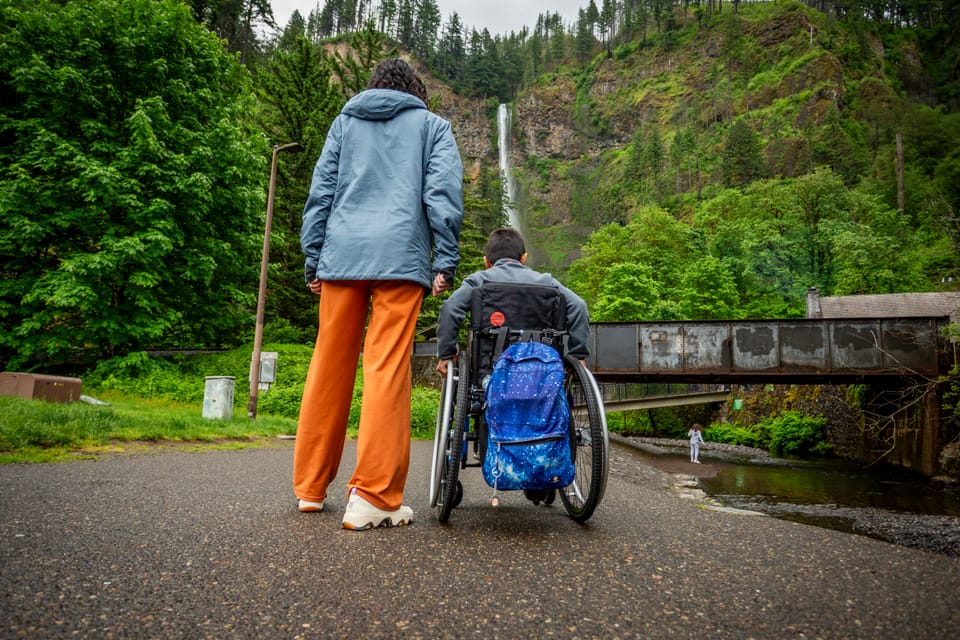
Want to plan a trip to Oregon? Here’s the good news: it’s the first state in the U.S. to be expert-verified for accessible travel. That means no more crossing your fingers and hoping the hotel really has a roll-in shower, or that the trail is actually paved. Accessibility details for many activities, hotels, restaurants, and parks are now measured and mapped across the state.
And it's one of the best states for inclusive travel thanks to its diversity across regions. Visitors will find a beautiful coastline filled with small towns, rolling vineyards in Willamette Valley, and rugged landscapes in Central Oregon.
So, how do you plan a trip here if you have accessibility needs? Let’s break it down: where to fly, how to get around, and which part of Oregon might be the best fit for your kind of getaway.
What's Ahead?
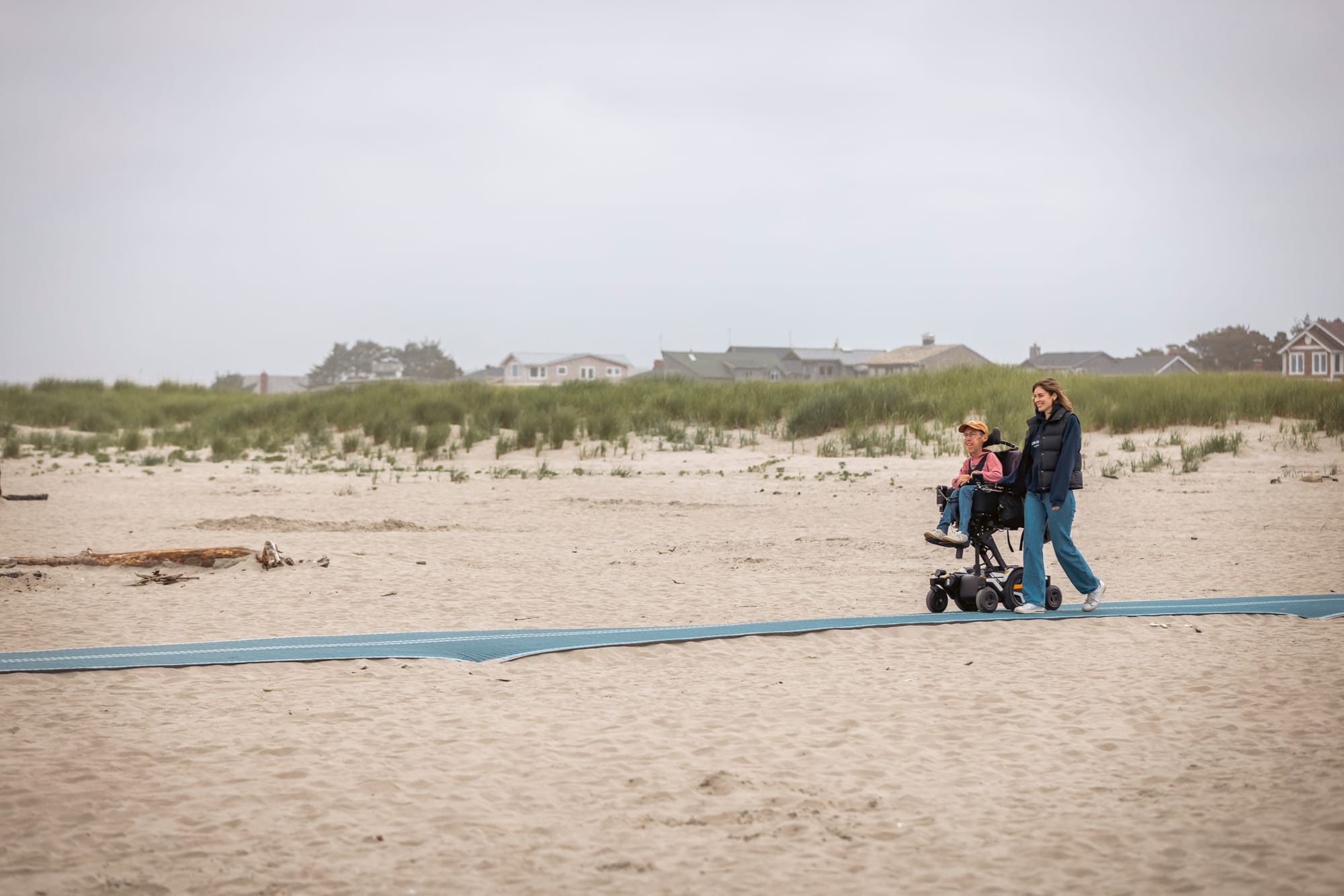
Getting There
Most visitors start at Portland International Airport (PDX). It’s one of the most accessible airports in the country, with step-free routes throughout the terminal, adaptive restrooms, and staff who are happy to help. You’ll also find the Travel Oregon Welcome Center right in baggage claim by carousel five. Grab maps, brochures, or just some local tips before you head out.
If you want your own wheels, United Access Portland rents adapted vans with ramps, securement straps, and everything you need. Having your own vehicle is the best way to see the state, especially if you’re packing mobility gear. Throughout many places, the drive is almost always worth it for the views you'll see alone.
Depending on where you’re headed, other airport options can save time:
- Redmond Municipal Airport (RDM): Best if you’re going straight to Bend and Central Oregon.
- Rogue Valley International–Medford Airport (MFR): Handy for Southern Oregon, including Ashland and Crater Lake.
And if you’re driving, the major corridors are I-5 (north–south) and I-84 (east–west along the Gorge).
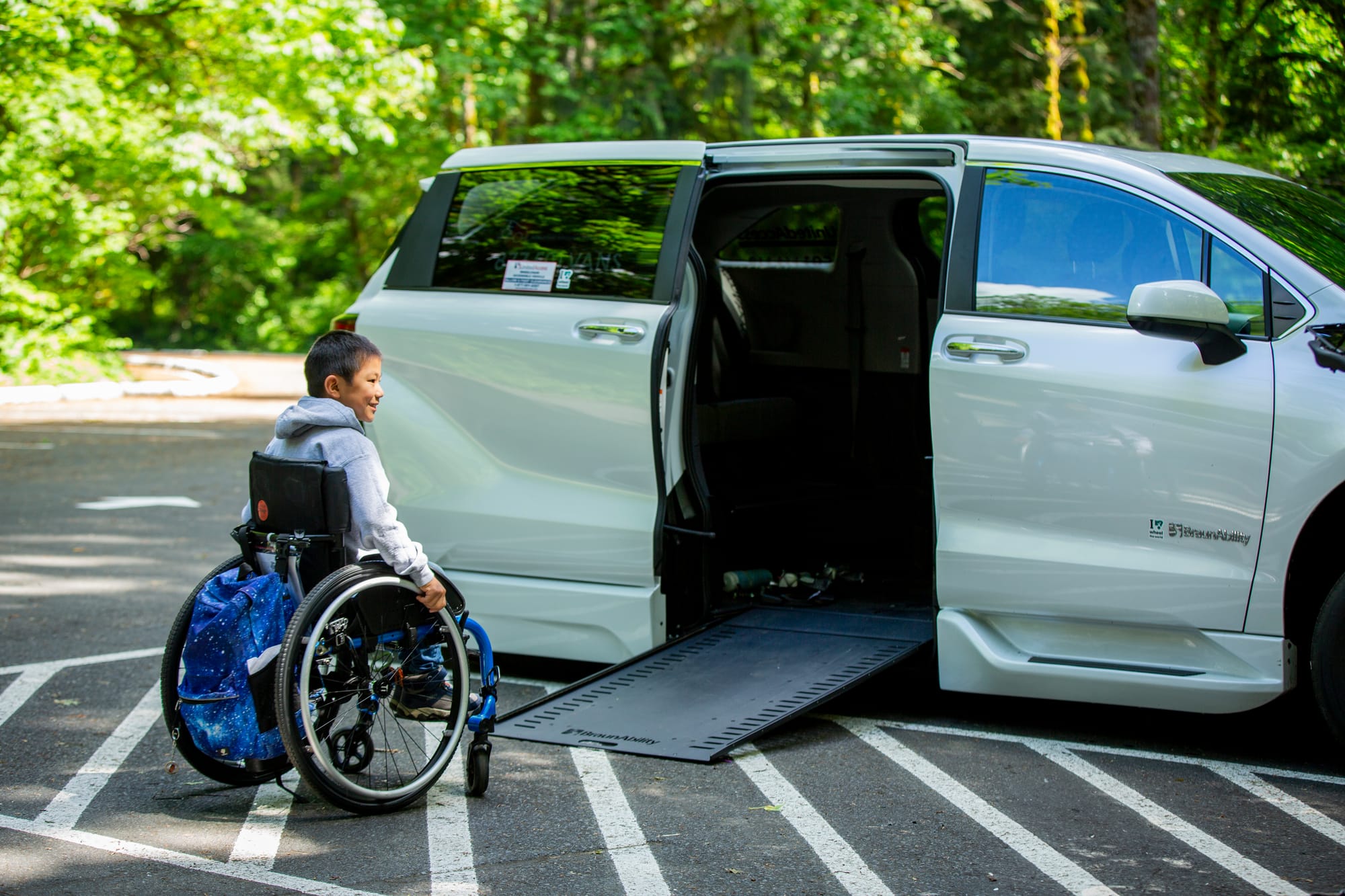
Choosing What to See and What to Do
There is a lot to do and see in Oregon. Ideally, you'd want to roadtrip the whole state and get a taste of everything it has to offer. But if you don't have that much time, then we can narrow it down based on your interests.
If You Are Into City Life and Food
Portland is the place to be. The city feels big enough to explore but never overwhelming, and it’s surprisingly easy to get around — especially downtown, where sidewalks are wide and the light rail runs straight from the airport into the center of it all. That said, some neighborhoods can get hilly (like Northwest and around Washington Park), and some areas have uneven sidewalks. Still, most of the spots you’ll want to check out as a visitor are relatively flat and accessible.
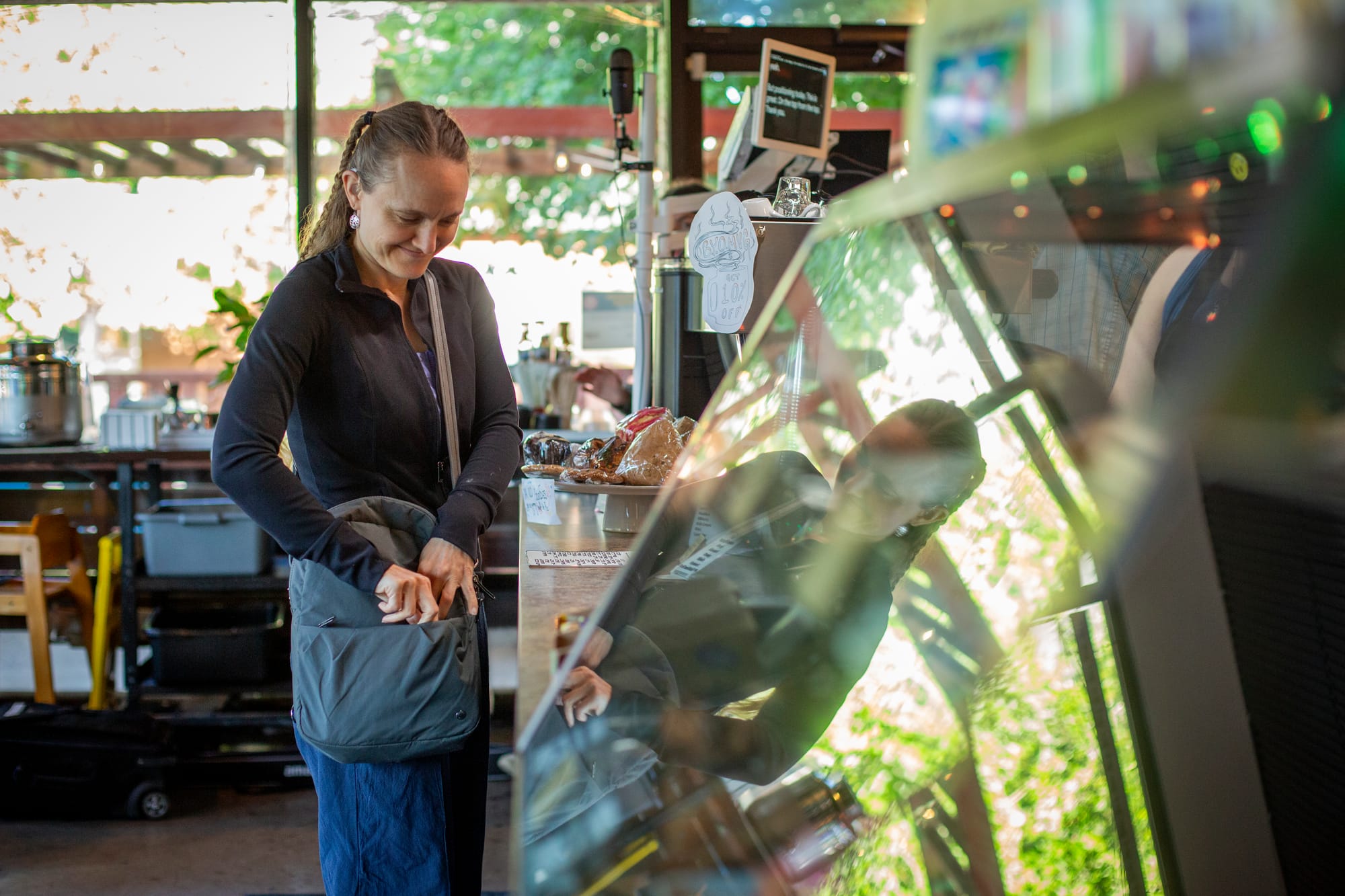
The food scene is where Portland really shines. You can snack your way through food cart pods tucked into parking lots, roll into a neighborhood brewpub for a pint, or book a table at a James Beard Award–winning restaurant — all in the same day. The mix of casual and high-end dining is part of what makes it so fun.
For culture, OMSI (Oregon Museum of Science and Industry) has hands-on exhibits that are great whether you’re traveling solo or with kids. The Portland Art Museum is fully wheelchair accessible, with elevators, wide galleries, and assisted listening devices available for events. Book lovers will want to stop at Powell’s City of Books, which takes up an entire city block. It has elevators and accessible routes between floors, though it does get busy on weekends.
When you need a breather, Tom McCall Waterfront Park is flat, paved, and runs right along the Willamette River. It’s a favorite spot to stroll, roll, or just take in the skyline.
If You Are Into Road Trips
Oregon does road trips right. On the west side, Highway 101 hugs the coastline, giving you cliffside views, wide beaches, and small towns. The drive itself is the highlight — rolling through places like Cannon Beach, Newport, and Florence. Accessibility has come a long way here too. Beaches like Seaside now have mobi-mats so wheelchair users can get out onto the sand, while boardwalks in spots like Rockaway Beach make it easy to take in the ocean without getting stuck. And you can always pull over for clam chowder, fish and chips, or just a front-row seat to a Pacific sunset.
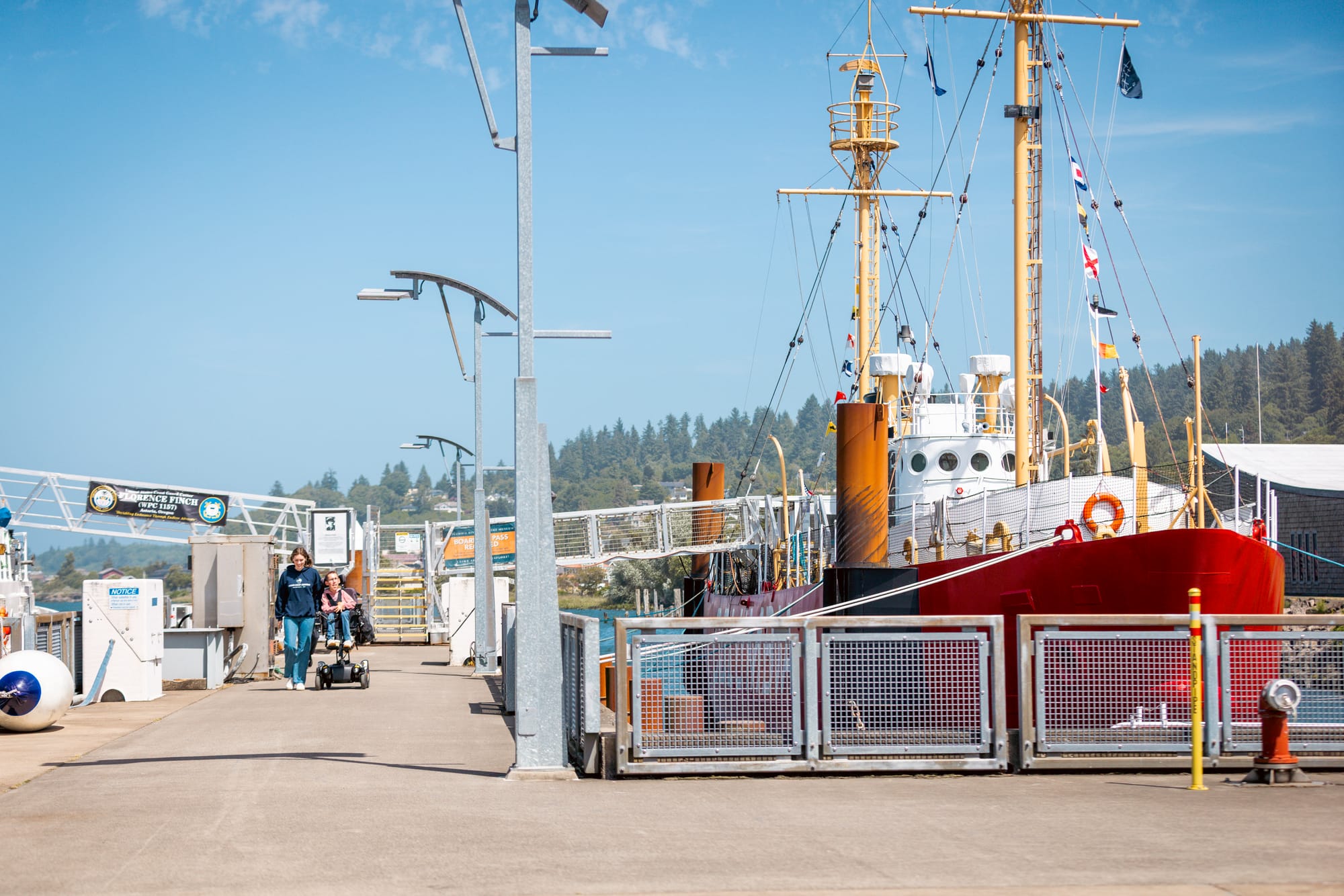
Swing to the east side of the state and you’ll get a totally different kind of road trip. Eastern Oregon is wide-open country — think high desert landscapes, mountain ranges, and small towns that feel a world away from Portland. Driving here means long stretches of road framed by peaks and sagebrush, with stops like the Painted Hills, John Day Fossil Beds, and tiny cafés. Accessibility varies, but plenty of viewpoints and museums are step-free, making it a trip that’s more about taking it slow, soaking in the views, and enjoying the space.
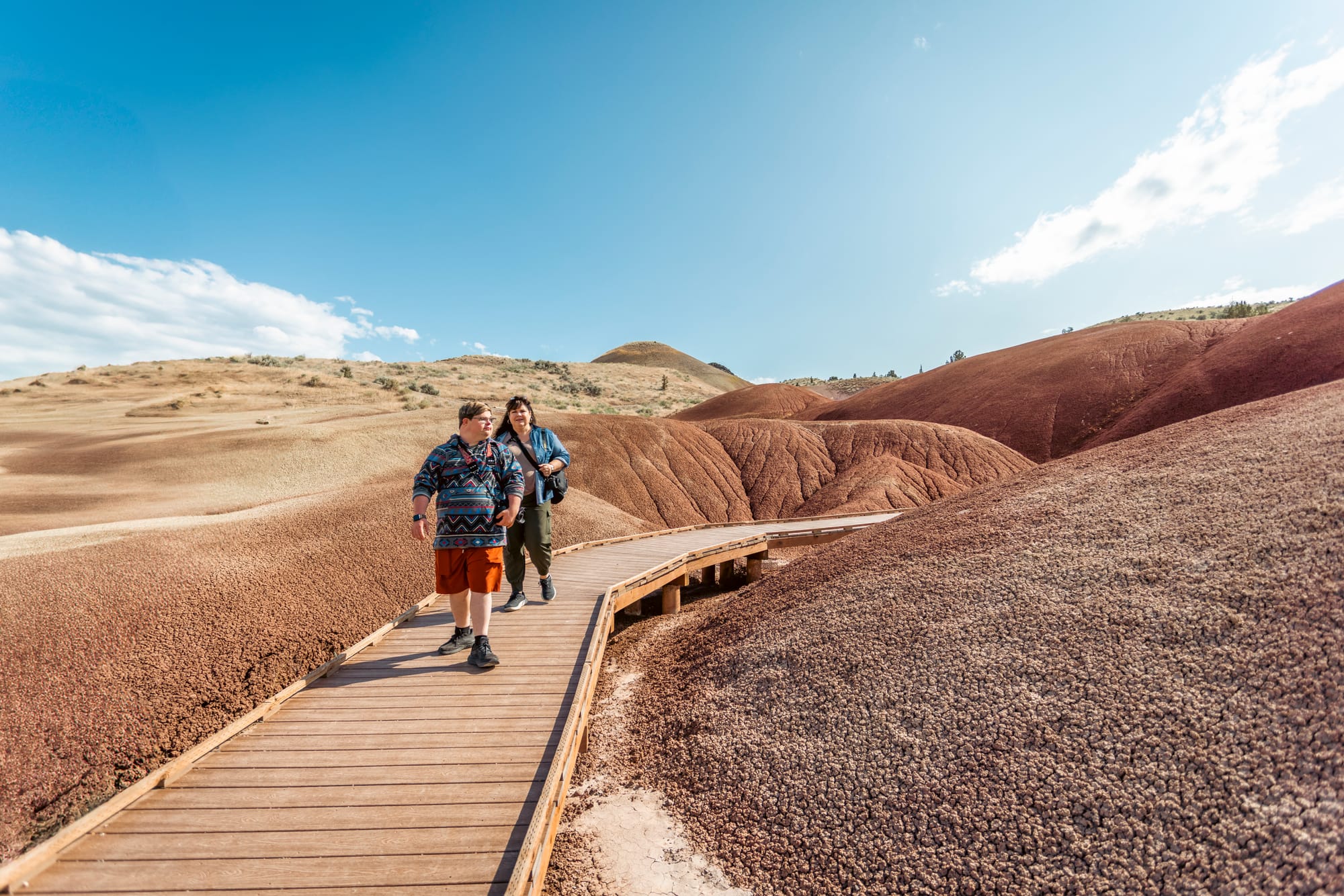
If You Are Into Outdoor Adventure
The Columbia River Gorge is the easy win for big scenery without tricky logistics. Waterfalls, cliffs, wide river views—you can see a lot from paved, step-free spots. At Multnomah Falls, the plaza at the base is fully accessible, and parking can fill, so go early if you can. The short path up to Benson Bridge is paved but steep and not ADA-compliant; strong manual chair users or power chairs sometimes make it, but it’s more effort than it looks. For a longer roll, the Historic Columbia River Highway State Trail (Twin Tunnels segment) starts near Hood River and gives you a smooth, car-free path with viewpoints and two roomy tunnels. When you want forest shade and zero guesswork, Wildwood Recreation Site has the Cascade Streamwatch loop with firm surfaces, boardwalks, an underwater fish window, plus accessible restrooms and picnic areas.
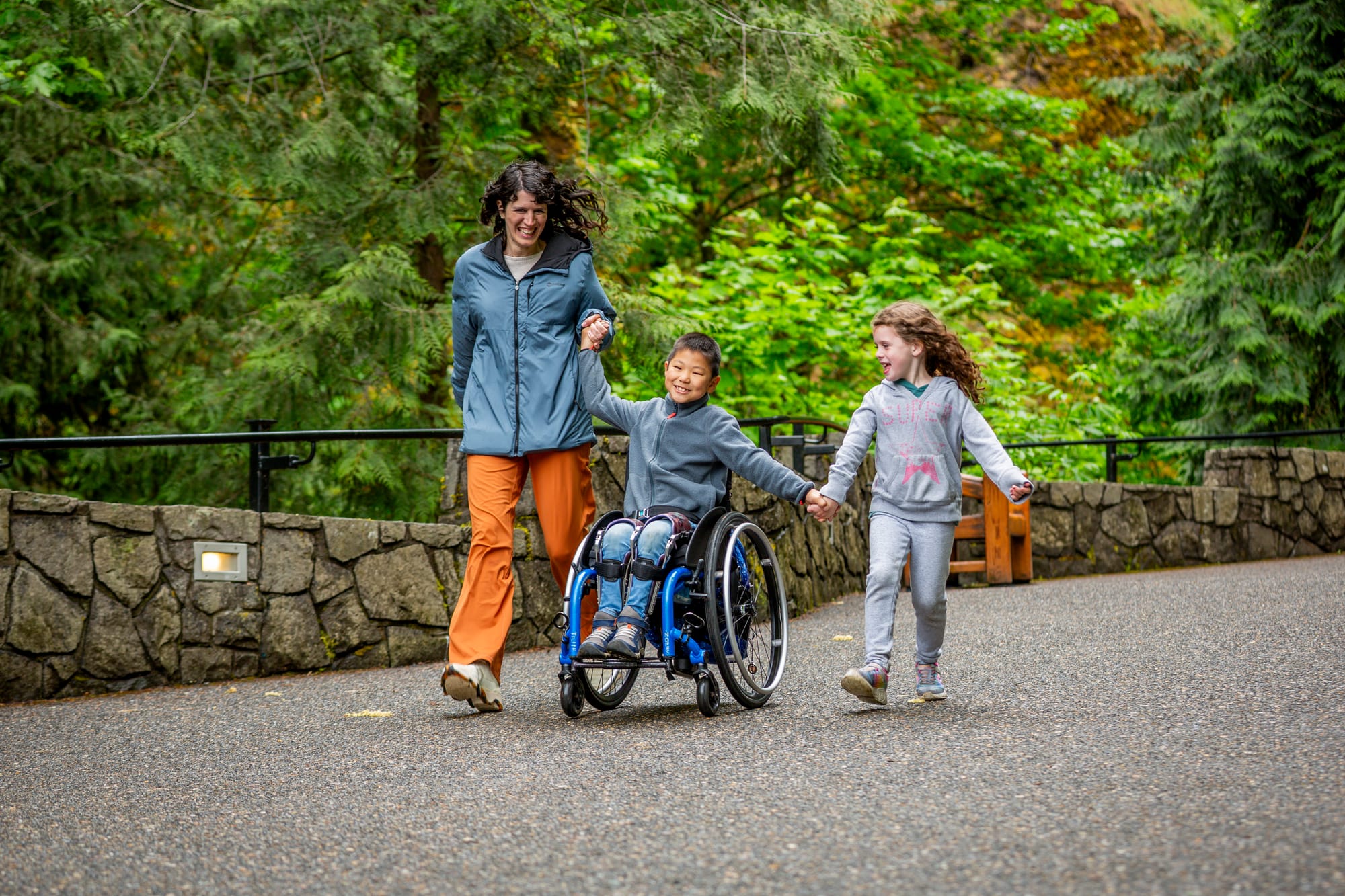
Head over the pass and the landscape flips to high desert in Central Oregon—jagged canyons, lava flows, alpine lakes. Smith Rock looks intense, and parts of it are, but adaptive support like AdvenChair opens up trails most visitors never expect to access. In Bend, you’ll find sunny weather, step-free brewery patios, and paved stretches along the Deschutes for an easy roll by the river. Winter adds adaptive skiing at Mt. Bachelor; shoulder seasons are great for mellow lake time and stargazing. Terrain can be rocky and grades pop up here and there, but the payoff is huge.
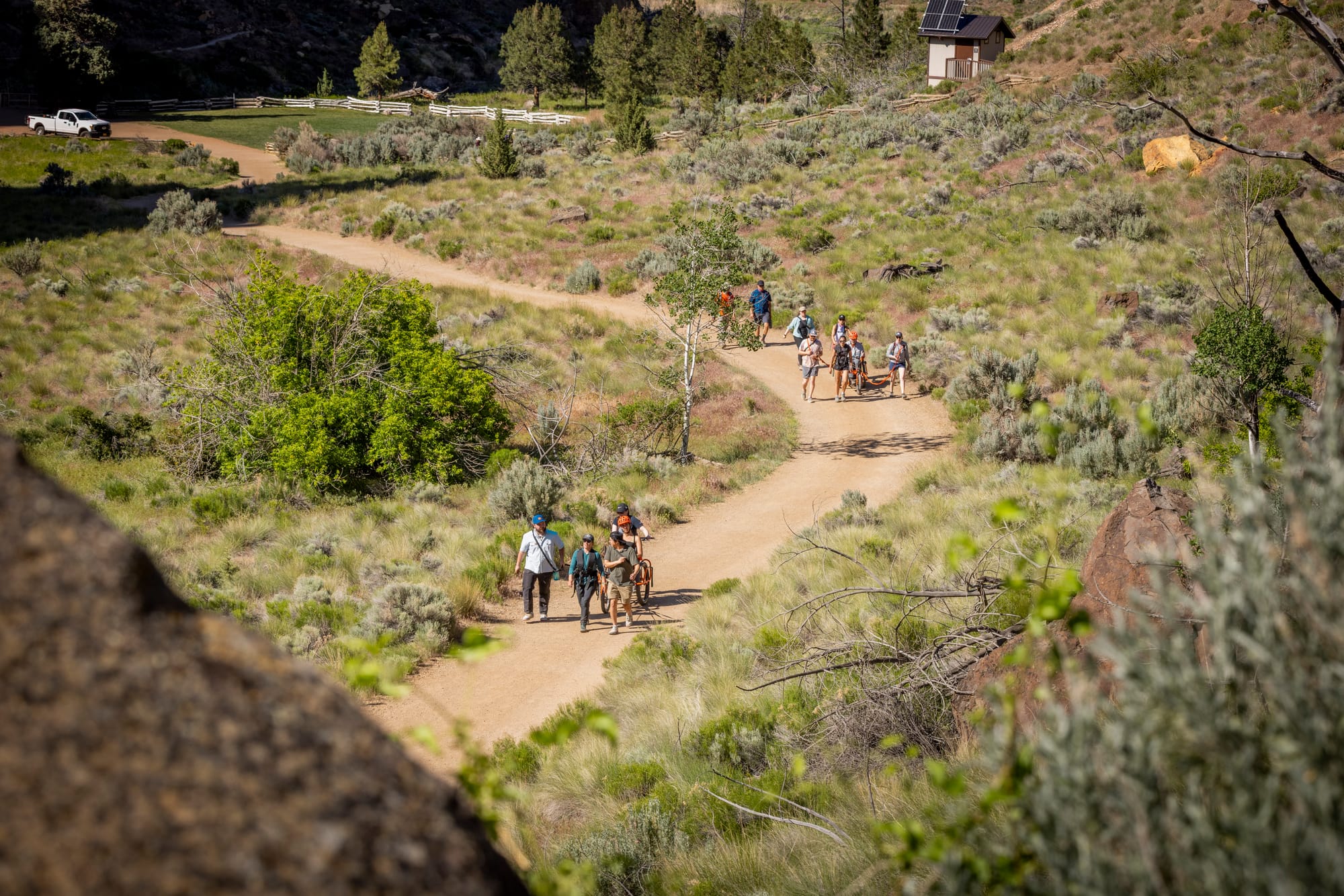
If You Are Into Laid-Back Getaways
Not every trip has to be about chasing waterfalls or climbing into the treetops. Sometimes you just want to slow things down — sip wine, wander small-town main streets, and let the day unfold without rushing. Oregon has plenty of spots that fit that mood.
The Willamette Valley is the obvious place to start. It’s wine country, but it’s not pretentious. Vineyards roll across the hills, and towns like McMinnville and Newberg mix cozy tasting rooms with farm-to-table restaurants. Accessibility has been verified at several wineries — think step-free patios, wide indoor spaces, and restrooms that work for wheelchair users. The nice part? You don’t have to be a wine expert to enjoy it. You can just as easily spend the afternoon in a food hall like Mac Market or taking the kids to the Albany Historic Carousel & Museum.
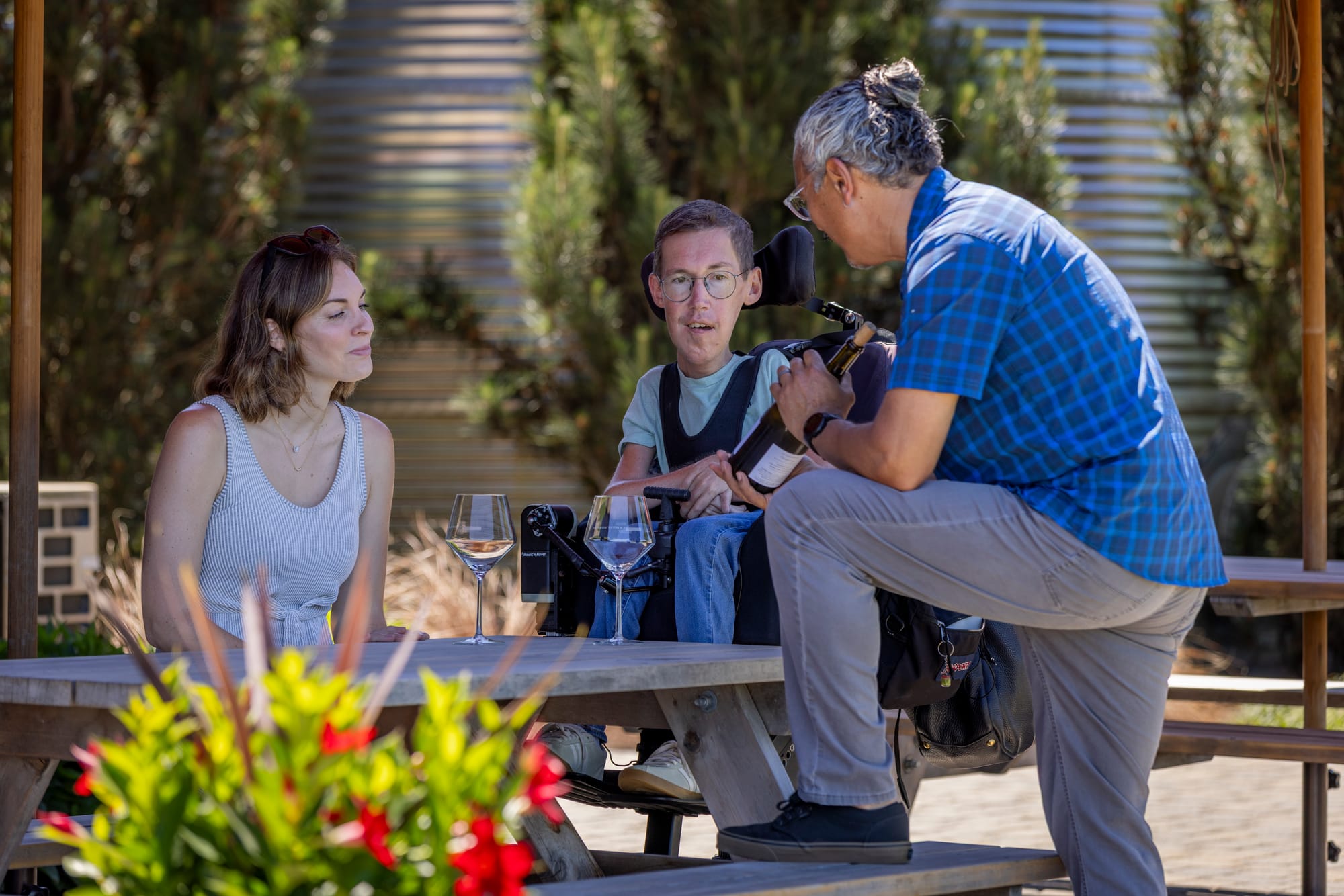
Further south, Southern Oregon brings its own version of laid-back. Ashland has a mix of theater (hello, Oregon Shakespeare Festival), local cafés, and easy-to-walk downtown streets. Lithia Park is a crown jewel of the region with nice trails surrounded by nature. Crater Lake is nearby too — the overlooks are paved, and in summer the rim drive opens up sweeping views without much effort. The vibe here is less “wine tour in the valley” and more “mountains meet small towns,” which makes it a great match if you want variety but not hustle.
Both regions prove you don’t need to push hard to have a memorable trip. If your idea of the perfect getaway is good food, relaxed exploring, and maybe a glass of pinot noir as the sun sets, these are the places to go.
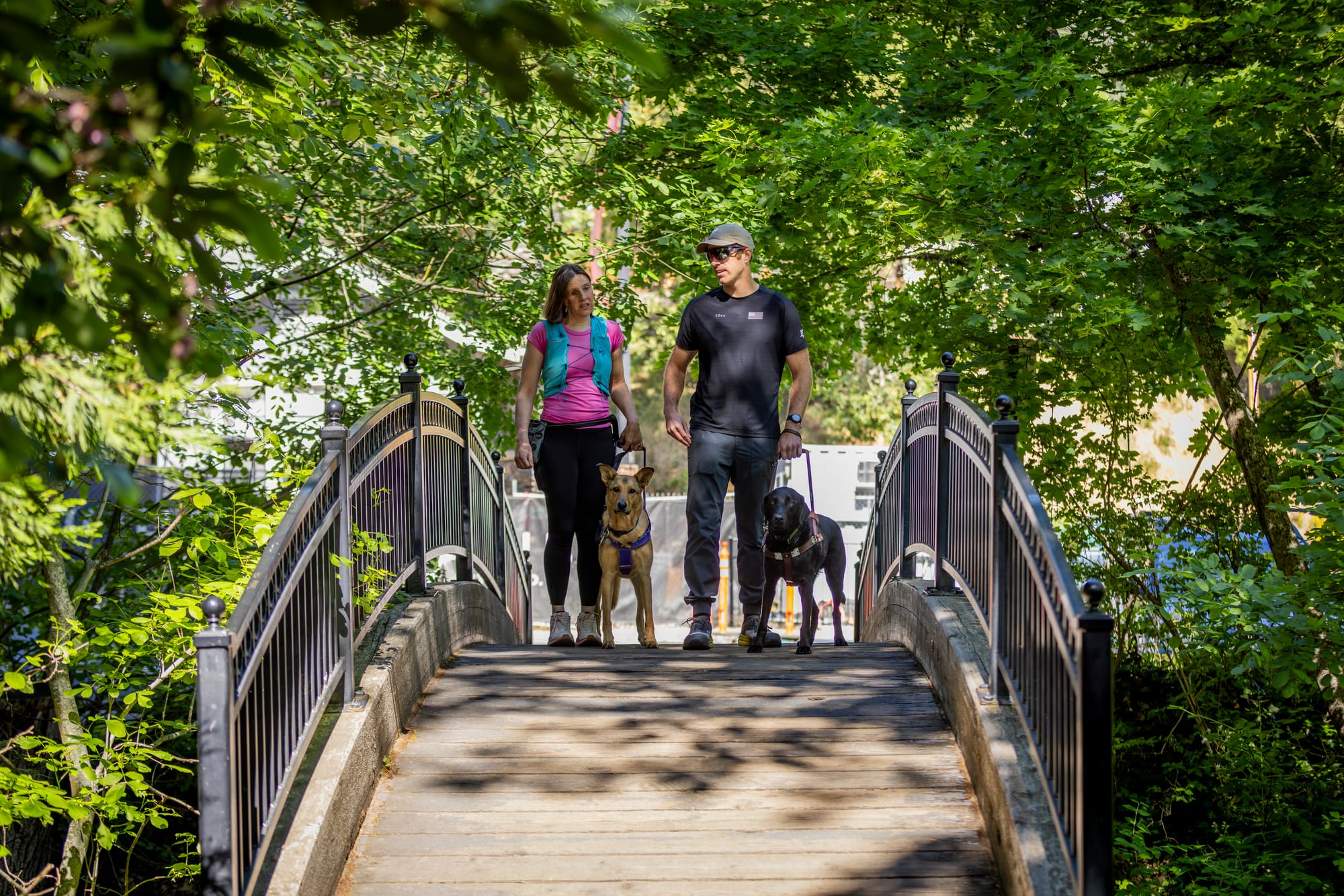
Travel Tips for Visiting Oregon with Accessibility in Mind
- Check verified listings before you go. Accessibility isn’t one-size-fits-all. Thanks to the partnership between Wheel the World and Travel Oregon, you can see details on entrances, bathrooms, parking, and much more — and decide what works for you. Find verified listings in Oregon.
- Pack layers. Oregonians joke that you can get all four seasons in a single day. Even in summer, mornings and evenings can be chilly, and rain can show up out of nowhere. A light jacket goes a long way.
- Look at local events. Farmers markets, street fairs, and festivals are a big part of Oregon’s vibe. They give you a taste of local culture you won’t find in a guidebook.
- Book ahead for popular spots. Wineries, state parks, and even some small-town restaurants fill up quickly on weekends. A quick reservation saves you stress.
- Rent a car to maximize your visit. Oregon is full of nature and wonder, but that also means driving to get there. It's worth it to rent a vehicle to have the freedom to see everything you want. If you are flying into Portland and need an adapted vehicle, United Access is a great option.
So, What's Calling Your Name?
The best part about Oregon is that you don’t have to pick one kind of trip to have a good time. Whether you’re rolling into Portland for its food and culture, chasing waterfalls in the Gorge, sipping wine in the Willamette Valley, or cruising down the coast, the details you need are already verified. That takes the stress out of planning and leaves you free to focus on what matters — enjoying the trip.
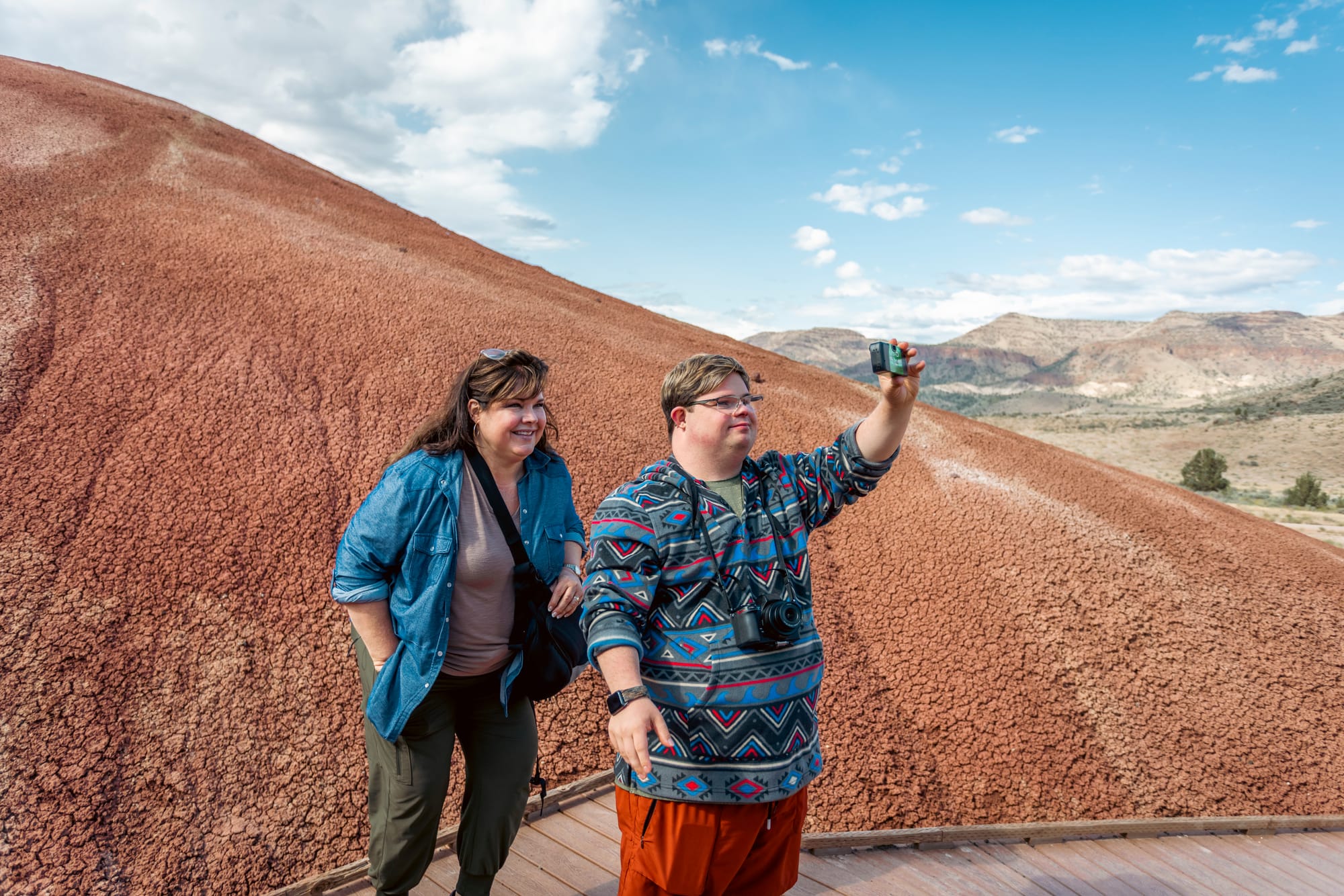
Oregon: Accessibility Happens Here
Plan a getaway with your accessibility needs covered
Plan your getaway

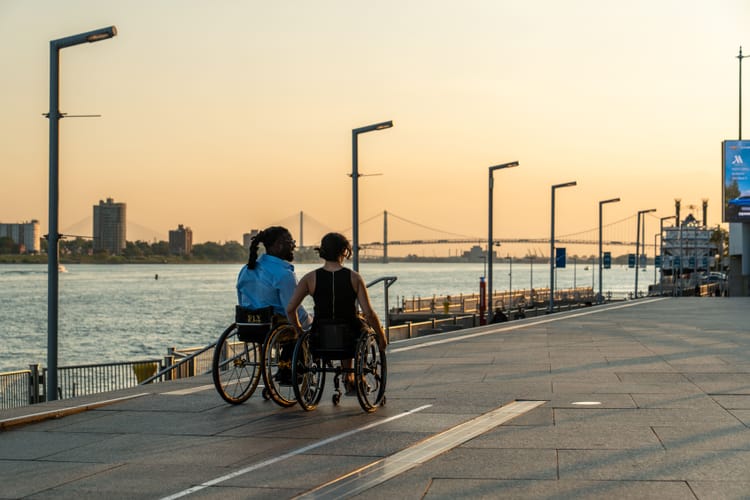
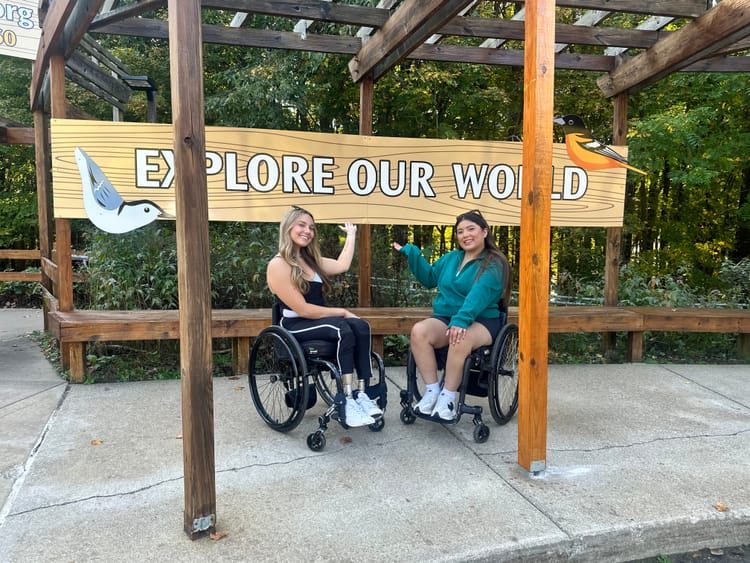
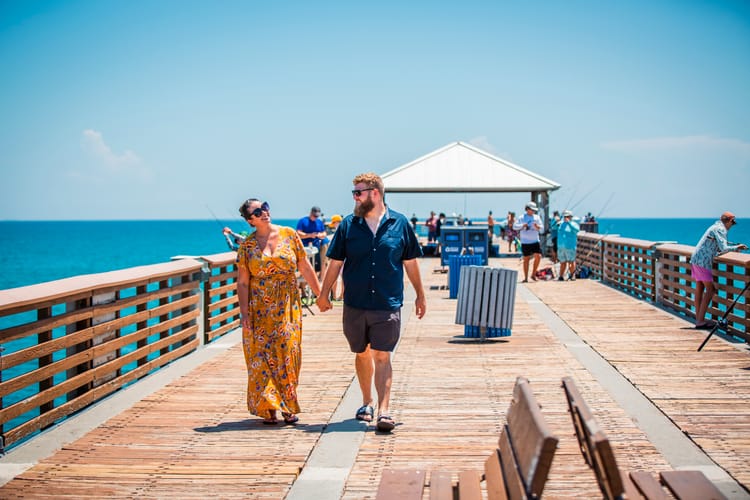
Comments ()